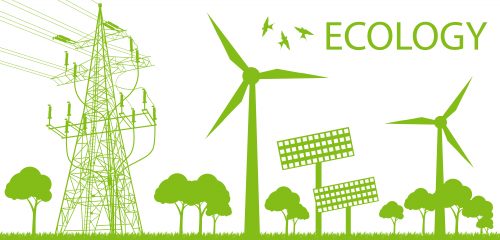Researchers have discovered a natural process that they define as reverse photosynthesis. As part of this process, the energy stored in the sun's rays is used for the breaking down of chemical bonds, instead of being used to build plant materials, as occurs in the natural photosynthesis process.

[Translation by Dr. Nachmani Moshe]
Researchers from the University of Copenhagen have discovered a natural process that they describe as 'reverse photosynthesis'. As part of this process, the energy stored in the sun's rays is used for the breaking down of chemical bonds, instead of being used to build plant materials, as occurs in the natural photosynthesis process. The sun's rays are collected by chlorophyll, the same molecule on which the process of photosynthesis is based. Together with a specific enzyme and the chlorophyll molecule, the energy stored in the sun's rays breaks down the plant biomass to obtain chemicals, biofuels or other products, which are now obtained over a longer period of time by other methods. Thanks to increasing the speed of production while reducing environmental pollution, the discovery has the potential to bring about a revolution in the field of industrial production. The results of the study were published in the scientific journal Nature Communications. "This is really a reality-changing move that could lead to a revolution in the industrial production of fuels and chemicals, while significantly reducing environmental pollution," explains the chief researcher.
"It's always been under our noses, and yet no one has noticed: photosynthesis through the sun not only allows plants to thrive, but the same principle can also be applied to the breakdown of plant matter, creating other useful chemicals. In other words, sunlight actually drives chemical processes. The great energy stored in sunlight can be utilized to drive processes without investing additional energy," says the lead researcher, Professor Claus Felby. "The meaning of the discovery is that we can use the sun to produce bio-fuels and bio-chemicals for the benefit of the production of finished materials, for example, plastics, in a faster manner, at a lower temperature and with a higher energy utilization. With the help of solar energy, some of these reactions, which currently take about 24 hours, may be completed in just 10 minutes." Researchers discovered that the natural enzymes of the monooxygenase type (monooxygenases), which are also used in the industrial production of biofuel, are able to increase their efficiency when exposed to the sun.
"We use the term 'reverse photosynthesis' because the enzymes make use of atmospheric oxygen and the sun's rays in order to break down and convert the carbon bonds in plants, instead of helping plants thrive and produce oxygen as occurs in normal natural photosynthesis," explains the researcher. Researchers still do not know how reverse photosynthesis, which uses light, chlorophyll and monooxygenase enzymes, occurs in nature, but many studies indicate that fungi and bacteria do rely on this process in order to utilize the sugars and other nutrients stored in plants. 'Reverse photosynthesis' is capable of breaking chemical bonds between carbon and hydrogen, a feature that can be used to convert methane into methanol, which is a liquid fuel, under moderate conditions. As a raw material, methanol is a very important material, since it is extremely useful in the petrochemical industry for the production of fuels, materials and chemicals.


One response
Really "wise at night": they "discovered" the decay process and called it "reverse photosynthesis".